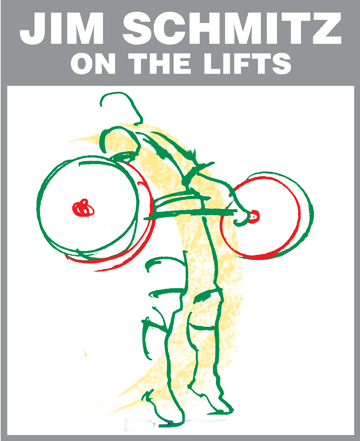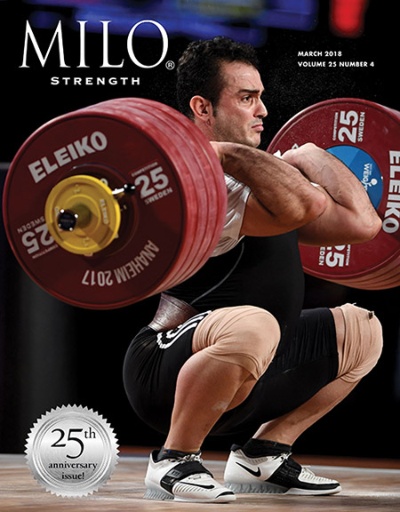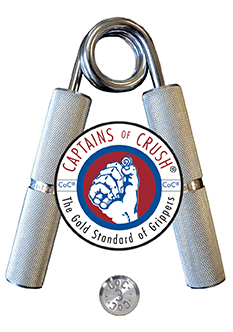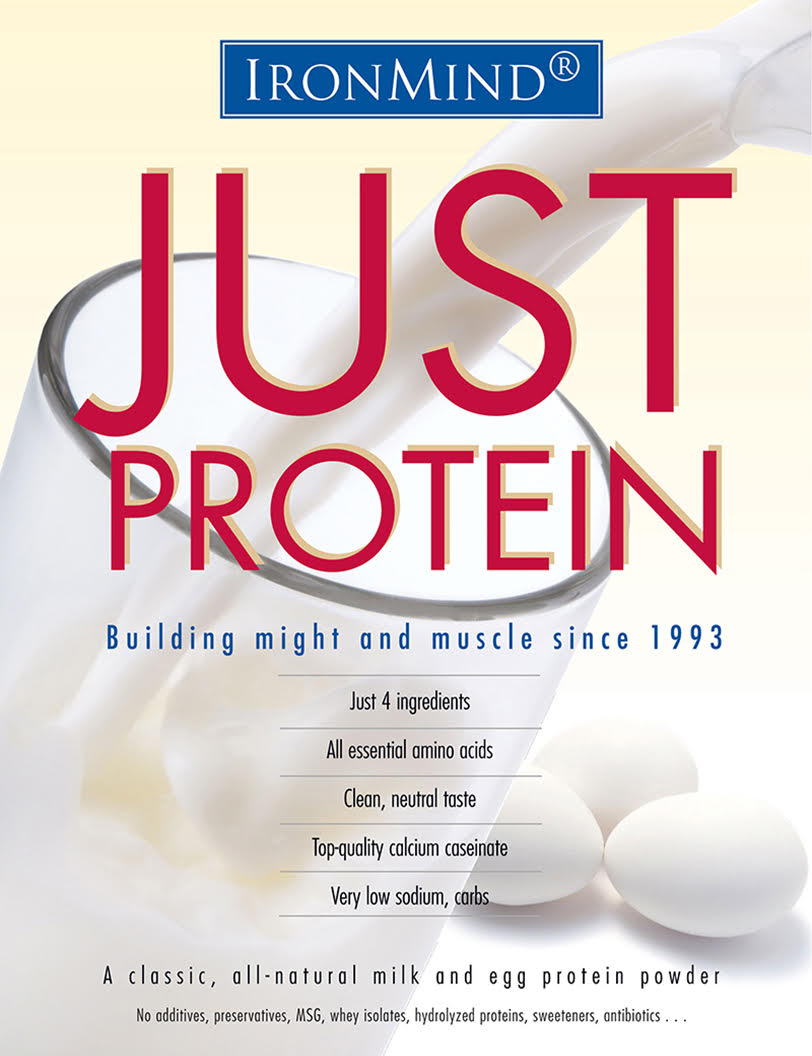
U.S. Olympic Weightlifting Team Coach 1980, 1988 & 1992 Author of Olympic-style Weightlifting for Beginner & Intermediate Weightlifters Manual and DVD
IronMind customers and MILO readers are very interested in grip strength. It seems—thanks to Randy Strossen and his Captains of Crush Grippers, Rolling Thunder, and John Brookfield's Grip Tips and all the grip feats of strength—that developing and testing one's grip strength is getting very popular. Actually, it is one of the oldest and most common tests of one's strength. Every time you shake hands with someone you are showing him your strength and getting a feel for his.
I don't need to preach to the choir here, but Olympic weightlifters' grip strength is a little understated. When I first began going to world championships in 1976 and meeting world and Olympic champions I noticed when we shook hands that they all had very, very strong grips. Vasily Alexeev—super heavyweight, two-time Olympic champion and eight-time world champion who set 80 world records during his reign—had a hand shake that felt like a grizzly bear's and you hoped you would get your hand back in one piece. This was the norm for all the weightlifters then and still is today.
The champions all had great grips. I saw Sultan Rahkmanov, 1979 super heavyweight world champion and 1980 Olympic champion, pick up a 20-kg Eleiko bumper plate by the outside rim with a pinch grip, hold it at arm's length, and slide it on the end of the barbell that he was using for squats. He did this very casually and nonchalantly, just like you or I might do with a 5-kg plate. Bruce Wilhelm, fifth in the 1976 Olympics and winner of the first two World's Strongest Man contests (1977 and 1978), could pinch grip an Eleiko 25-kg bumper plate by the rim in each hand and simultaneously curl them and press them overhead. Unfortunately, Randy Strossen wasn't on the scene with his grippers then.
I saw only one weightlifter actually do any grip work and that was Anatoli Khrapaty, 90-kg Olympic champion in 1988, world champion in 1985, 1986, 1987, 1989, and 1990. I saw him doing reverse curls and wrist curls with 40 to 50 kg for many reps. Someone commented that he was doing bodybuilding and he laughed and did the double biceps flex.
Just doing snatches and clean and jerks will develop your grip, but if you are a weightlifter with a weak grip, it will be a limiting factor in your lifting. When I start a beginner, I don't have him hook grip or use straps for his lifts and pulls for one to two months. There are a couple reasons for this: 1) I want to develop his grip, and 2) his grip will give out before his low back.
I've always been a believer in working one's grip. At my Sports Palace gym I had a very heavy-duty wrist roller apparatus whereby you would wind up a weight attached by a rope that I had all my beginners use. I also had the famous Ivanko Super Gripper with the adjustable springs to change the resistance. I also recommend all the variations of wrist curls (sitting on a bench, forearms on thighs, palms up or knuckles up), standing wrist curls with the barbell behind the glutes, and seated wrist curls and wrist rotations using dumbbells with the thumbs up. I recommend light to medium weights for 15+ reps, 1 to 2 sets at the end of your workout.
All weightlifters will jam or sprain their wrist at least once in their career, and I use the above exercises to rehabilitate them. I also suggest squeezing a rubber ball or Silly Putty®, and of course using hand grippers. My brother uses a gripper when driving in traffic, as he says that reduces his highway anxiety.
My favorite exercise that I teach my lifters these days is pinch gripping 10-. 15-. 20-, and 25-kg bumper plates for time. Stand erect with your arms straight down, holding the plates at your sides but not touching your hips or legs. Everyone starts with the 10s for 3 sets of 30- to 60-second holds. Then we go to the 15s and then the 20s, and eventually the 25s, hopefully. Another good grip developer is hanging from a chin-up bar. I recommend doing it with a normal thumbs-around-the-bar grip, not a hook grip. However, hanging with the hook grip is good for developing one's hook grip.
Lifting weights alone will develop your grip, but specializing on grip strength will make it even stronger, and a strong grip is a very good thing to have. You never know when a pretty girl may ask you to open a jar of pickles or something.

















